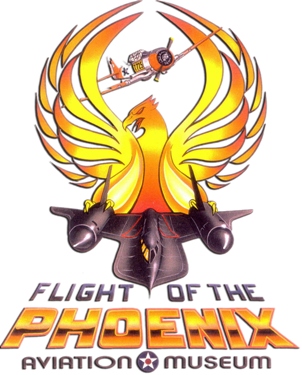Follow Us x
(Just arrived, read all about it here...)
The T-37A was delivered to the U.S. Air Force beginning in June 1956. The USAF began cadet training in the T-37A during 1957. The first T-37B was delivered in 1959. Instructors and students considered the Tweet a pleasant aircraft to fly. It handled well and was agile and responsive, though it was definitely not overpowered. It was capable of all traditional aerobatic maneuvers.
"For most students, the T-37 is the first jet, the first ejection seat, the first helmet and oxygen mask, and the first formal Air Force flying syllabus they have been exposed to. This can be an intimidating experience, but they get the ground training, simulator training and personalized attention of the instructor to get them through it."
The final USAF student training sortie by a T-37B aircraft in the Air Education and Training Command (AETC) took place on 17 June 2009. The last USAF operator of the T-37B, the 80th Flying Training Wing (80 FTW), flew the sortie from its home station at Sheppard AFB, Texas. The last T-37B was officially retired from active USAF service on 31 July 2009.

Specifications:
Builder: Cessna Aircraft Co. Span: 33 ft. 8 in.
Length: 29 ft. 3 in.
Height: 9 ft. 2 in.
Weight: 6,625 lbs. loaded
Armament: None
Engine: Two Continental J69-T-25 turbojet engines
Thrust: 1,025 pounds (461.25 kilograms), each engine
Cost: $164,854 (in 1956)
Performance:
Crew: Two - student pilot and instructor pilot
Maximum speed: 360 mph.
Range: 460 miles
Service Ceiling: 35,000 ft.
